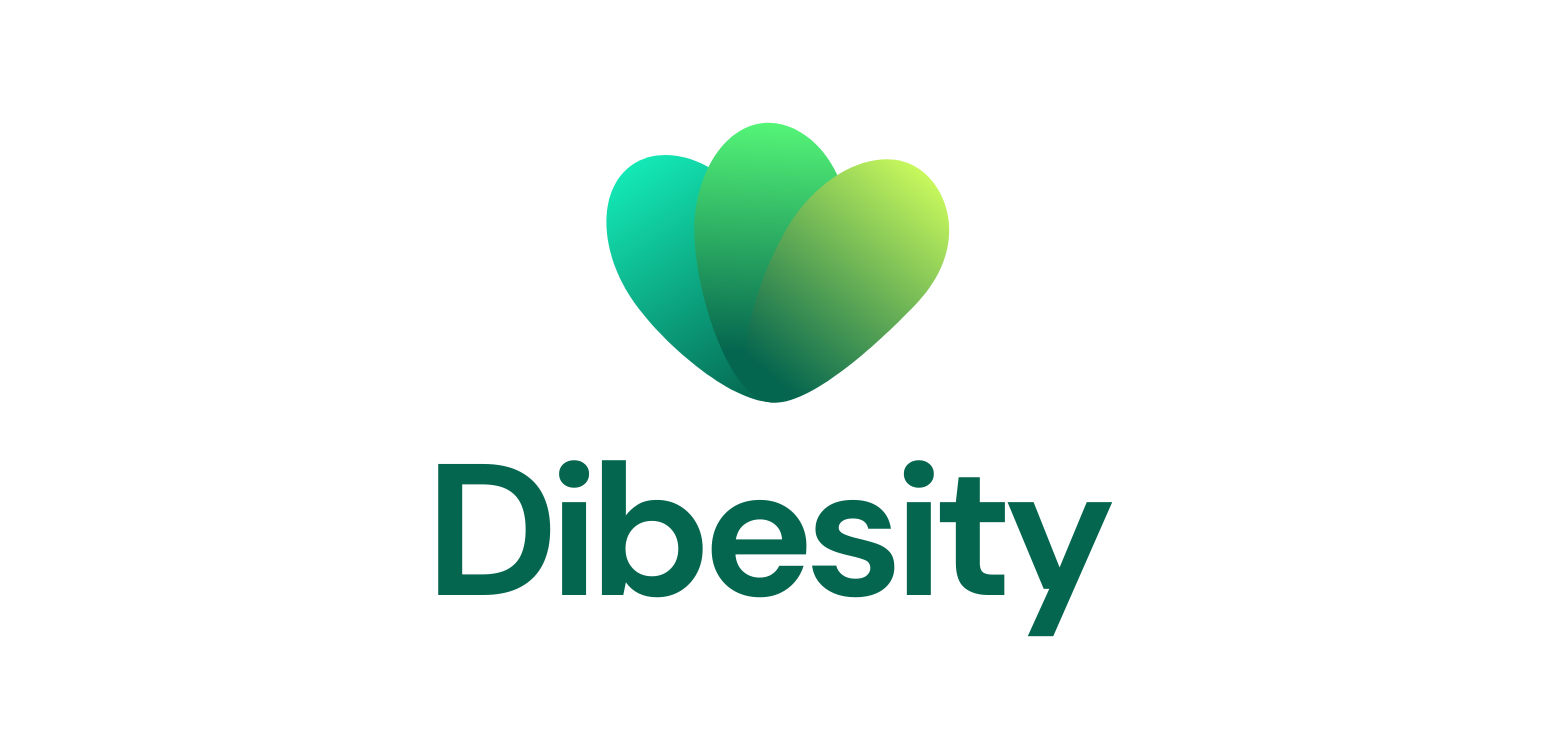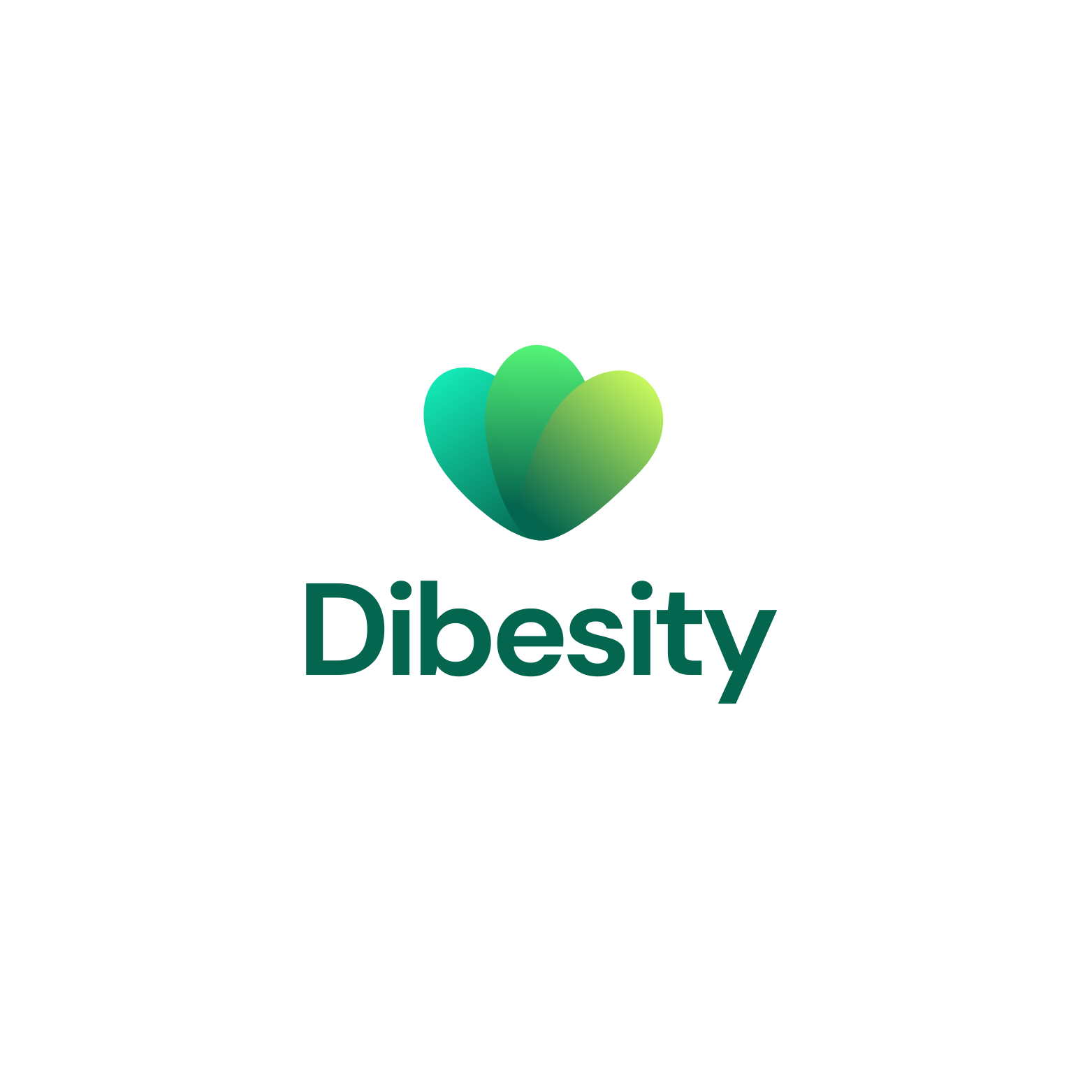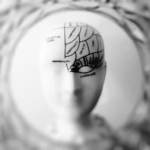Treatment-resistant depression (TRD) is a significant challenge for individuals with major depressive disorder who have not adequately responded to at least two different antidepressant medications.
This condition can significantly affect a person’s life and overall well-being. New treatments like Spravato and Mindbloom bring fresh hope to those dealing with TRD.
In this article, we will study the differences between these two treatments and key factors to keep in mind when deciding which option may be the best.
What is Spravato?
Spravato (brand name esketamine) is a nasal spray form of ketamine. Initially, it was used as an anesthetic, though it has been repurposed recently because of its rapid-acting antidepressant effects.
Unlike other depression medicines that can take weeks to work, ketamine can start improving mood in just a few hours or days.
FDA Approval for Treatment-Resistant Depression (TRD)
Spravato was approved by the FDA in 2019 to treat adults with treatment-resistant depression (TRD) [ref].
TRD refers to major depressive disorder (MDD) that hasn’t improved even after trying at least two other antidepressant therapies.
It is also approved for depression symptoms in adults with major depressive disorder (MDD) who are having suicidal thoughts and behaviors.
Mechanism of Action:
Unlike most antidepressants that focus on chemicals like serotonin, norepinephrine, and dopamine, esketamine works in a unique way. It acts on the glutamatergic system, blocking NMDA (N-methyl-D-aspartate) receptors, which help regulate mood and emotions.
Esketamine increases the activity of a neurotransmitter called glutamate, which promotes synaptic growth and helps strengthen connections between brain regions.
This leads to improved communication between areas of the brain that control mood, resulting in fast-acting antidepressant effects [ref].
Spravato is usually taken with conventional oral antidepressants, like an SSRI (e.g., sertraline) or SNRI (e.g., venlafaxine). This combination works better and provides longer-lasting relief from depression symptoms.
What is Mindbloom?
Mindbloom is a telehealth company that offers ketamine-assisted therapy (KAT) for mental health conditions like depression and anxiety.
Their main goal is to increase access to ketamine treatment for those individuals who are looking for new approaches to manage their mental health.
Ketamine Therapy at Home: A Personalized Approach
Mindbloom provides an innovative care model, combining at-home ketamine treatment with continuous therapist support. Their process usually includes these steps:
- Customized Treatment Plan:
- If approved, clients get a custom plan that includes ketamine sessions along with therapy tools to help them reach their mental health goals.
- At-Home Ketamine Sessions:
- Clients take ketamine lozenges at home with remote supervision, following Mindbloom’s instructions [ref]. These sessions are done in a safe, controlled setting, like the client’s home.
- Integration Therapy:
- Mindbloom focuses on helping clients use the insights gained during ketamine sessions in their everyday lives. They offer therapeutic tools like journaling exercises, guided meditations, and clinician support.
- Initial Consultation and Assessments:
- The client meets with a licensed medical professional for a detailed evaluation to see if ketamine therapy is right for them.
Spravato vs. Mindbloom: A Comparative Analysis
| Spravato | Mindbloom | |
| Method of Administration: | It is given as a nasal spray in a certified medical facility, with a healthcare professional overseeing the process. Sessions are usually scheduled twice a week at first and then become less frequent over time. | Provides at-home ketamine treatments in the form of oral lozenges, which clients self-administer. Therapeutic resources guide sessions but lack direct in-person medical supervision. |
| Side Effects | It can cause side effects, including [ref]: – Feeling disconnected from reality (dissociation) – High blood pressure – Sedation or drowsiness – Vomiting and nausea These side effects usually happen soon after taking Spravato and go away within a few hours. | Oral ketamine treatments can cause side effects like [ref]: – Nausea – Feeling disconnected from reality – Change in perception or altered mental states. These treatments happen at home, and managing side effects depends on preparation beforehand and taking care of yourself afterward. |
| Medical Supervision | Close medical monitoring is required during and after use because of possible side effects like dissociation, changes in blood pressure, and sedation. Patients are observed for at least two hours after the treatment. | Provides remote therapeutic support via telehealth platforms. Although clients acquire instructions and resources, medical help might not be immediately available during sessions in case of an emergency. |
| Cost and Accessibility | The estimated cost ranges from $700 to $1200 per dose but can vary greatly depending on your insurance coverage and how much you need to pay out of pocket. Accessibility depends on proximity to certified treatment centers, requiring some patients to travel long distances to receive care. | The estimated cost ranges from $800 to $1800 and may include medications, any needed equipment, and telehealth therapy sessions. Mindbloom’s online model makes treatment more accessible to people in remote areas as long as they meet the safety requirements for at-home treatment. |
| Efficacy and Safety | Studies have shown that Spravato effectively reduces symptoms of depression, especially in hard-to-treat cases and those with suicidal thoughts [ref]. Long-term safety and effectiveness are proven safe as long as it’s used under the doctor’s supervision. | Research suggests that ketamine can help with depression and anxiety, with many patients experiencing quick relief. However, it is still unclear how safe and effective ketamine is for long-term use at home. Without direct medical supervision, individuals with pre-existing medical or psychiatric conditions may be at risk. |
Which is Better: Spravato or Mindbloom?
It is difficult to say whether Spravato or Mindbloom is “better” as both have potential benefits for people with TRD. Both options show promise for individuals with treatment-resistant depression, but they have distinct approaches, side effects, and levels of medical supervision.
Spravato offers a more structured treatment experience, with FDA approval and close monitoring in a clinic setting. However, Mindbloom provides the convenience of at-home treatment and incorporates therapy.
The most effective treatment plan for depression depends on the individual circumstances of patients, including their personal preferences, severity of symptoms, past treatments, healthcare access, and insurance coverage.
Consulting with a mental health professional is crucial to finding the appropriate treatment plan. They will thoroughly evaluate your individual needs and situation, discuss the potential benefits and risks of each option, and create a personalized plan that is right for you.
- Premium Ingredients: Our tea blend features high-quality Berberine, aromatic Oolong, and refreshing Mint, all organicall…
- Mint Flavored: Enjoy the cool, crisp taste of mint that perfectly complements the robust flavors of Berberine and Oolong…
- Unsweetened with Zero Calories: Crafted for those who appreciate the natural flavors of tea, our blend is completely uns…
- STRESS RELIEVER & HAND GRIP STRENGTHENER: These colorful fidget balls in three levels of progression (20 lb – 30 lb – 40…
- PERFECT FOR: Preventing tension, increasing limberness and alleviating joint pain. Great stress relievers for every age….
- MAKE EXERCISE SIMPLE: Scroll down for hand grip exercise ideas with our stress ball for everyone. Always consult with yo…
- 【Grip Strengthener Trainer Kit-7 Pack】: The Grip Strengthener Trainer included adjustable hand gripper (22-88Lbs), 3 fin…
- 【Various Resistance Levels】:Hand Grip ranging from 22 to 88 lbs. Band tension from 6.6 to 11 lbs. Hand exerciser grip st…
- 【Ideal for Atheletes & aMusicians】: Improve hand & finger strength for athletes (rock climbing enthusiasts, fitness, ten…







